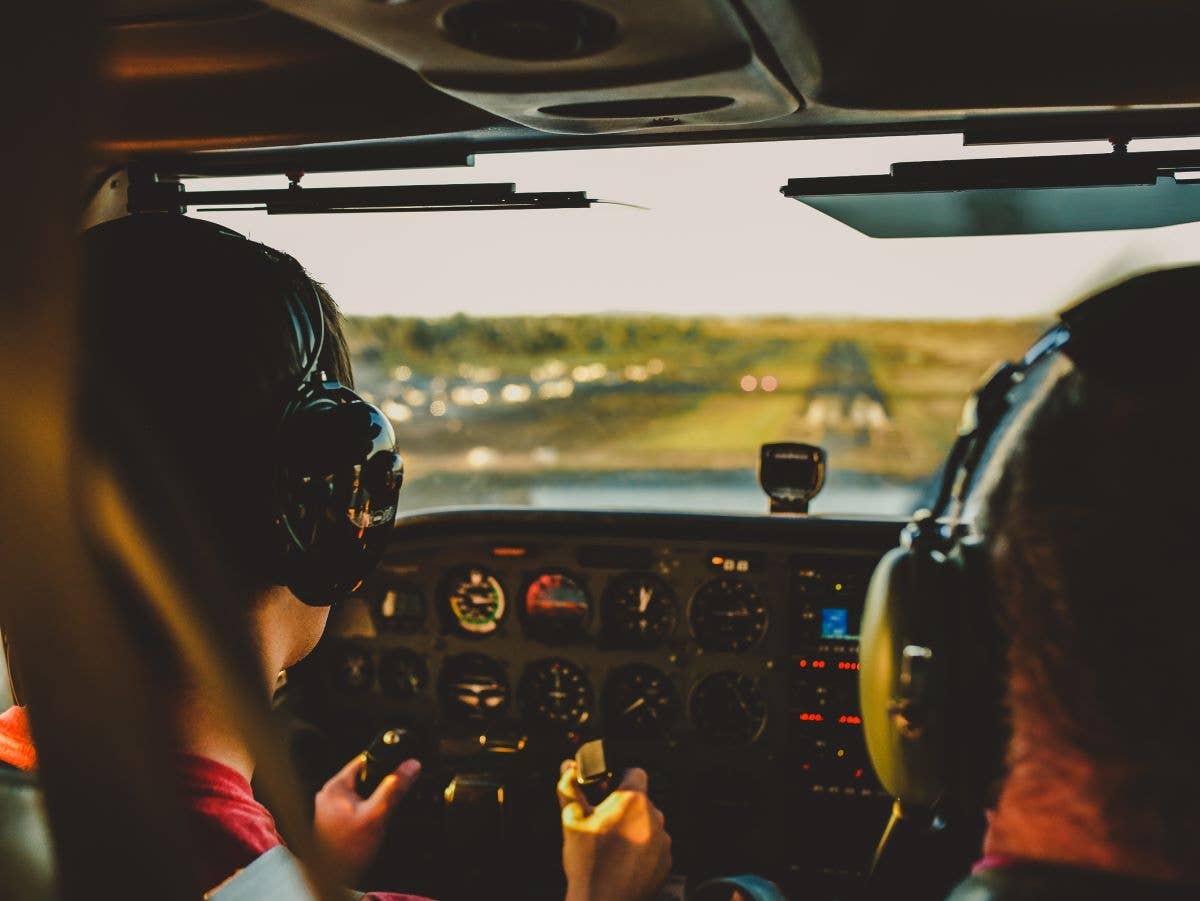Avionics Academy: Why Panel-Mount (TSO) Avionics Cost So Much
FAA regulations make avionics safe, reliable’and expensive
 |
The picture on this page illustrates a common question: Why do panel-mount avionics cost so much more than portable avionics? The answer has a lot to do with the way the avionics industry has developed in the last century. As Embry-Riddle professor Al Helfrick points out in his book Electronics in the Evolution of Flight, aviation and electronics came of age together. As commercial aviation got going in the 1920s and 1930s, radio equipment became standard in airplanes, first for communications and then for navigation---especially in poor weather. According to Helfrick, that's what led the Aeronautics Branch of the Department of Commerce (what we call the FAA today) to create a system of Technical Standard Orders (TSOs) that define how radios and other electronic devices used in airplanes are expected to operate, and lays out procedures for testing to assure the standards are met.
Most TSOs refer to documents developed by the Radio Technical Committee for Aeronautics (RTCA), an advisory group established in 1934 with representatives from aircraft and avionics manufacturers, government and aviation users, including the AOPA. RTCA documents, drafted by experts, go into considerably more detail on specifications and procedures than the TSOs.
When you buy a TSO'd piece of equipment, you can be assured that the manufacturer has complied with the relevant standards for design, manufacture and test. This means, for example, that the device isn't likely to overheat and turn itself off (or worse, cause a fire) if it's properly installed and operated. There's no such assurance with a non-TSO piece of equipment, and that's why FAA regulations directly or indirectly require TSO compliance for electronic devices that will be permanently installed in a normal-category airplane.
The process required to gain TSO certification is long and complicated, particularly for devices that include microprocessors, which are used in practically all 21st-century avionics. Microprocessors require software. To gain TSO certification, manufacturers are required to comply with the procedures in RTCA document 178, Software Considerations in Airborne Systems and Equipment Certification, which Garmin's Bill Stone calls "The Beast." There isn't space in this column to describe all the requirements (if you're curious, Wikipedia has an overview). Suffice it to say that it's a long, complex process that involves extenÂsive documentation. Just as we pay high prices for all the documentation involved in approved parts, the documentation process drives up the cost of avionic software.
While all the documentation drives costs up, it has succeeded---at least to the degree that no civil aircraft accident has ever been traced to a software problem. On the other hand, the high cost of avionics slows the introduction of new, and potentially very beneficial, technologies in the aviation fleet.
In the amateur-built experimental category, TSO equipment is only required for a few key pieces of equipment, such as transponders. Non-TSO radios (both NAV and COM), and even TSO and non-TSO glass panels, are common; there's no evidence that non-TSO avionics have contributed to accidents. That led the FAA to try something new when it introduced the light-sport category. Those airplanes aren't governed by the TSO system. Instead, the manufacturers are required to conform to industry standards such as those from ASTM, which aren't as complex and don't require as much documentation as those from RTCA.
That can save a substantial amount of money. How much? When I asked Garmin's Bill Stone if it would cut the cost of avionics by half, he said "probably more than that." While researching this article, I found a presentation that explicitly called out a price difference of more than 5:1 between glass panels "with comparable functionality."
If lower-cost panel-mount avionics are available for experimental and light-sport aircraft, why can't we use them in the general aviation fleet? That's a legitimate question, and one that was addressed by the FAA itself, specifically, by its Part 23 Reorganization Rulemaking Committee, which back in 2013, came up with a report that recommended adopting a system similar to that used in the light-sport category. Two years later, both houses of the U.S. Congress passed legislation directing the FAA to follow those recommendations. According to the AOPA, the FAA is expected to formally propose a new set of aircraft certification rules later this year.
There's a very real difference in performance between TSO'd panel-mount equipment and non-certified devices. I've experienced that difference myself. For many years, I used a Garmin 92 portable GPS that mostly lived in a yoke mount. Most of the time, it was reliable, and noticeably more precise than the decades-old avionics in the panel of my airplane. But once, fortunately while flying VFR, I watched that GPS misreport my position by hundreds of miles, and my airspeed by hundreds of miles per hour!then reset itself.
Since 2011, I've used an iPad, and it's been reliable and accurate most of the time. But on a for-real instrument approach to Crescent City, Calif., it decided to reset itself, leaving me with a blank screen instead of an approach plate just as I was entering the clouds. Since then, I've backed it up with old-fashioned paper approach plates.
I hope the efforts now underway make it possible for us to get 21st-century avionics in the panel that don't cost more than our airplanes!but only if we can do so without compromising safety.
Industry Response
Garmin
http://garmin.blogs.com/my_weblog/2015/05/the-price-tag-associated-with-certified-avionics.html

Subscribe to Our Newsletter
Get the latest Plane & Pilot Magazine stories delivered directly to your inbox






